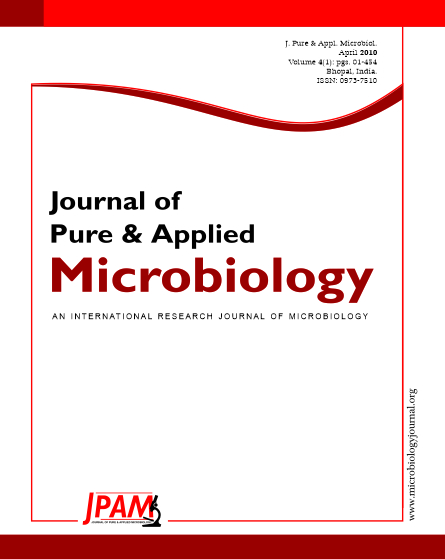The aim of this study was to isolate native microbial consortium capable of decolorizing and degrading anaerobically treated molasses spent wash (MSW). We reported decolorization and COD reduction of MSW by native microbial consortium isolated from MSW disposal site and using Bacillus megaterium, a standard culture for comparison. Microbial decolorization and COD reduction was found to be dependent on specific carbon (glucose) concentration. Results indicate that under optimal condition of carbon for each treatment, the maximum COD reduction (62%) and decolorization (56%) was achieved at 2.5% glucose concentration with native microbial consortium, followed by Bacillus megaterium. (49.72% and 52.92%). The concentration of MSW up to 6.25% was good for higher percentage of color removal and COD reduction, but, with increasing concentration of MSW i.e. 12.5%, 18.75% and 25%, resulted in decreased decolorization and COD reduction. Experiment on fresh or used microbial cells on fresh or used medium was also done to understand the reason of decolorization.
Native microbial consortium, COD, Decolorization, Molasses spent wash
© The Author(s) 2010. Open Access. This article is distributed under the terms of the Creative Commons Attribution 4.0 International License which permits unrestricted use, sharing, distribution, and reproduction in any medium, provided you give appropriate credit to the original author(s) and the source, provide a link to the Creative Commons license, and indicate if changes were made.


